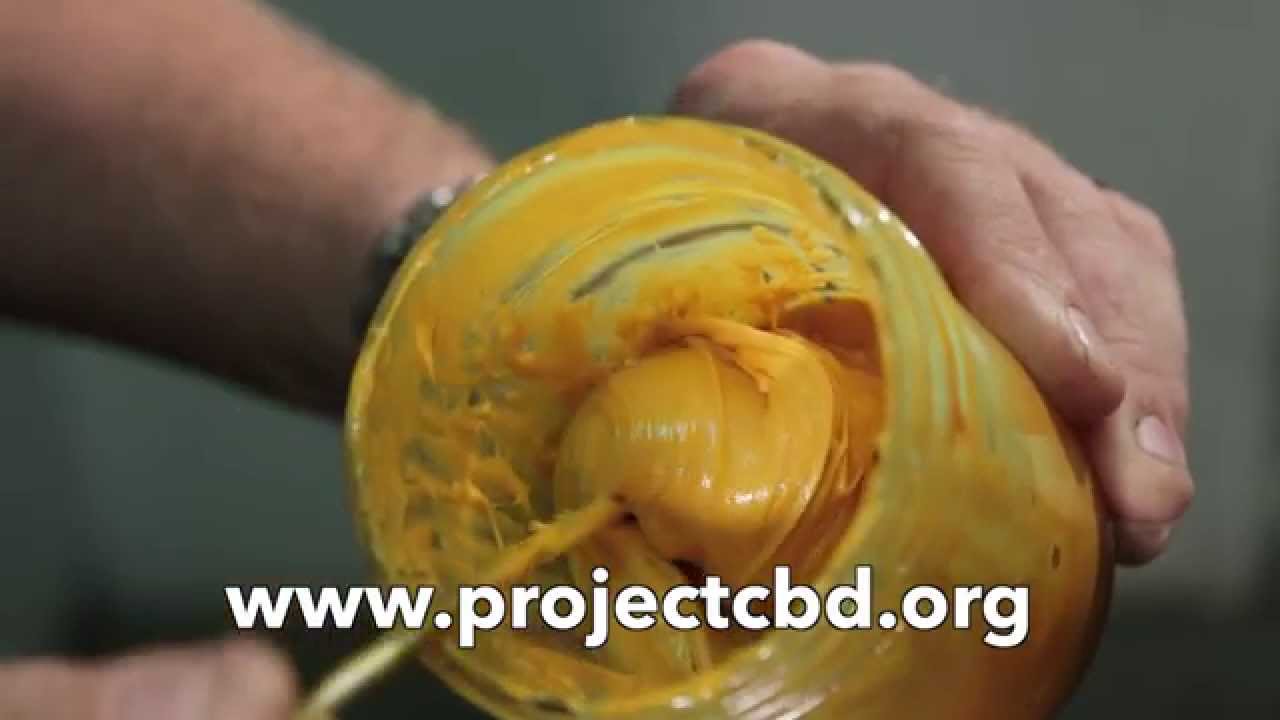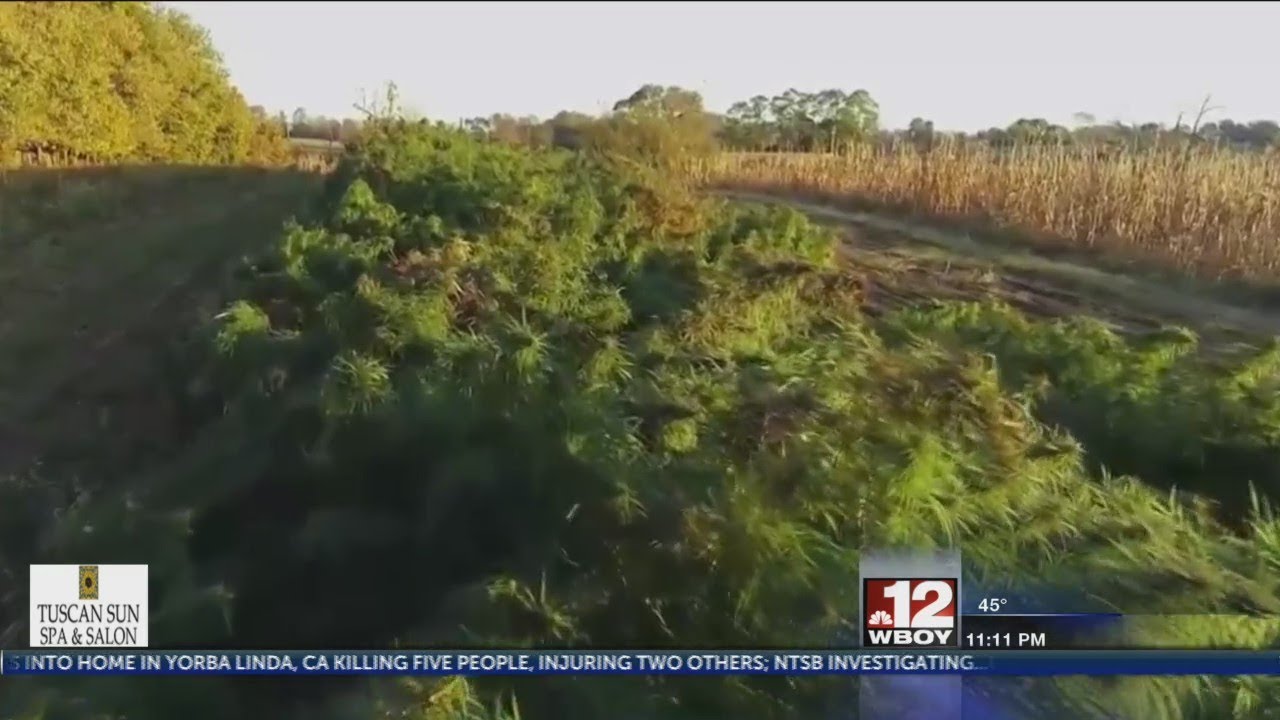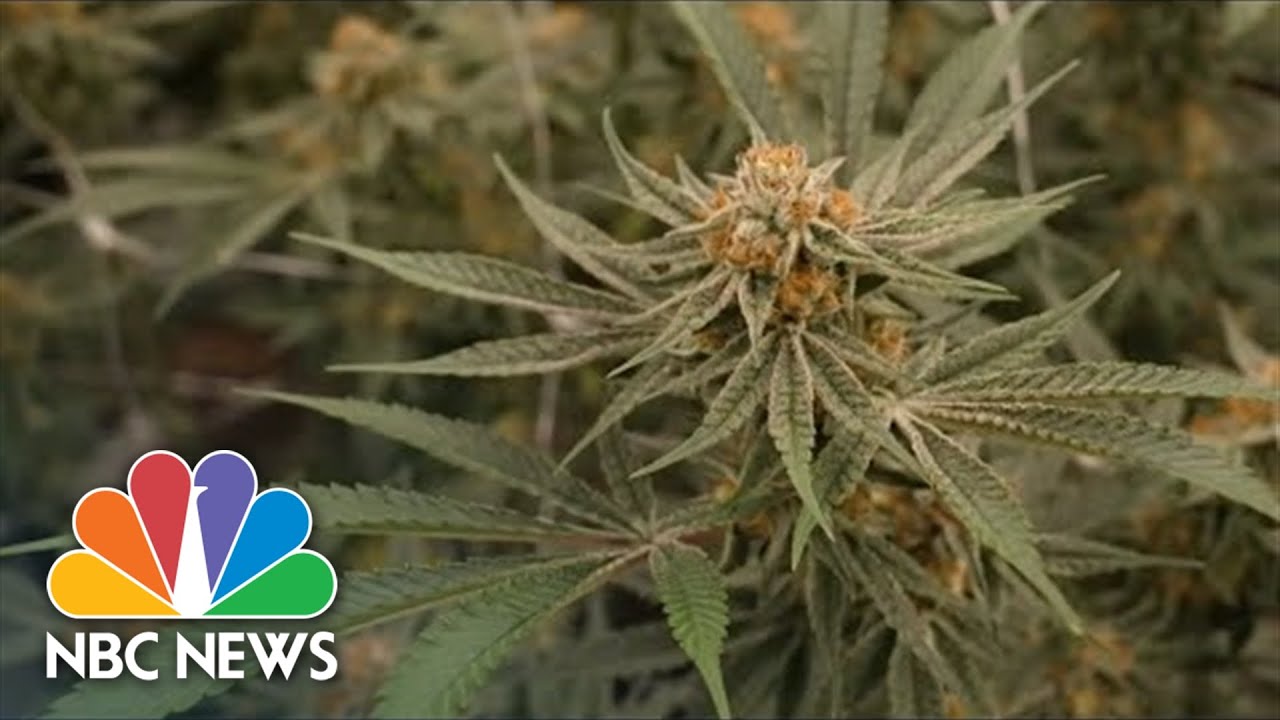To extract CBD-rich cannabis oil, one must start with CBD-rich plant material. There are many ways to extract oil from the cannabis plant, each has its pros and cons. Some methods are safer and more effective than others. Cannabis oil made with neurotoxic solvents like butane and hexane may leave unsafe residues that compromise immune function and impede healing.
The supercritical (or subcritical) CO2 method uses carbon dioxide under high pressure and extremely low temperatures to isolate, preserve, and maintain the purity of the medicinal oil. This process requires expensive equipment and a steep operational learning curve. But, when done well the end product is safe, potent, and free of chlorophyll.
We recommend CBD-rich products made using only organic, whole plant cannabis because this offers the best safety profile and superior medicinal benefits.
CBD products derived from industrial hemp potentially have several problems:
• Industrial hemp typically contains far less cannabidiol than CBD-rich cannabis strains so a huge amount of industrial hemp is required to extract a small amount of CBD. This raises the risk of contaminants as hemp is a “bio-accumulator”—meaning the plant naturally drawns toxins from the soil.
• Hemp-derived CBD and refined CBD powder lack critical medicinal terpenes and secondary cannabinoids found in cannabis oil. These compounds interact with CBD and THC to enhance their medicinal benefits.
• It’s against federal law to use hemp leaves and flowers to make drug products. Hemp oil entrepreneurs attempt to sidestep this legal hurdle by dubiously claiming they extract CBD only from hemp stalk before importing it to the United States, a grey area activity at best.
Find out more on our website at http://www.projectcbd.org
source



